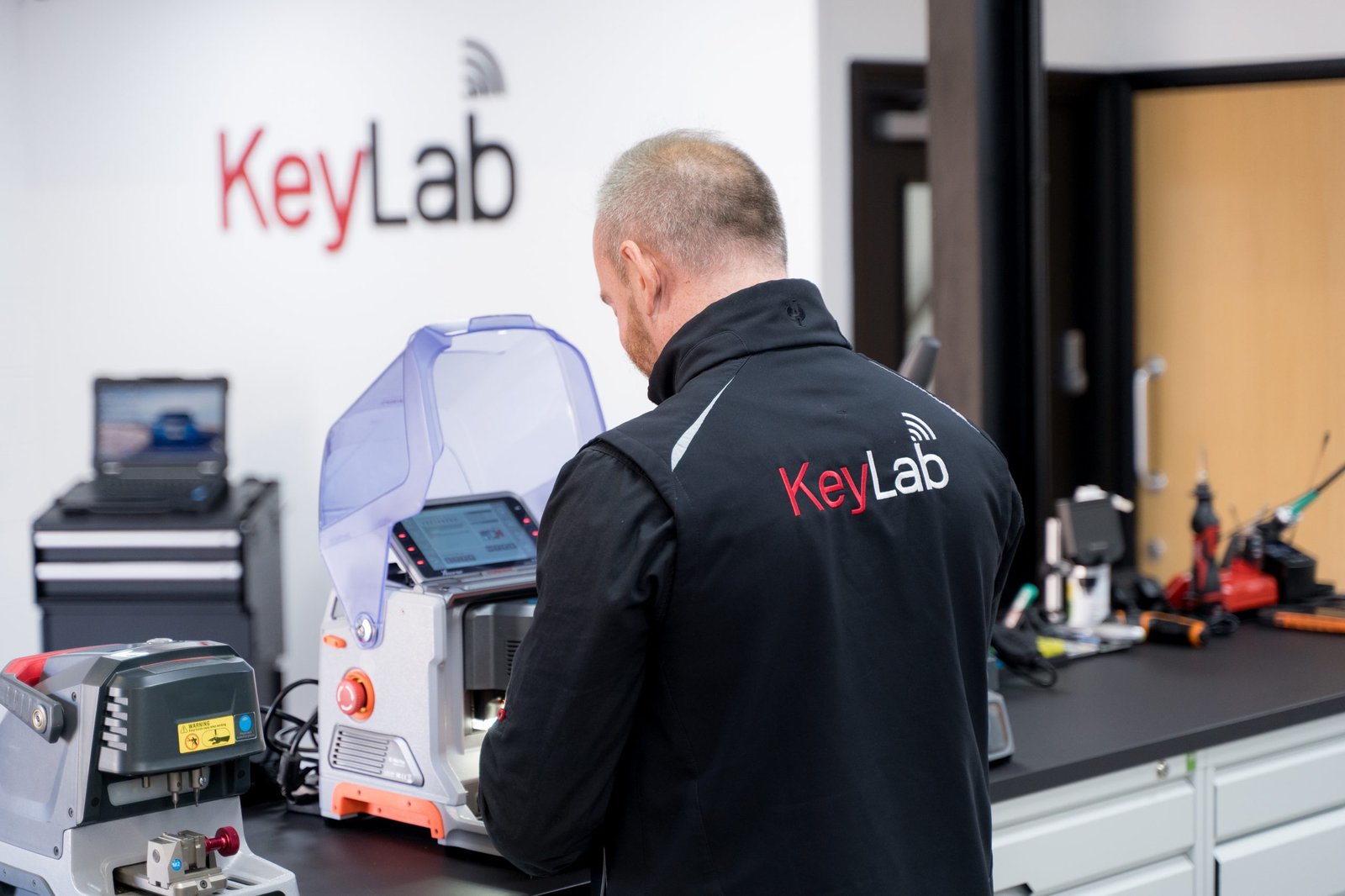Key Replacements: An In-Depth Guide to Understanding and Implementing Effective Substitutions
Intro
In the realm of numerous markets-- from automotive to technology-- the term "key replacements" symbolizes the practice of substituting a stopping working or insufficient part with a new or improved variation. Understanding key replacements is crucial for keeping functional effectiveness, improving performance, and guaranteeing safety. This post looks into the different aspects of key replacements, exploring their significance, implementation methods, and common inquiries surrounding the topic.
What Are Key Replacements?
Key replacements describe the procedure of replacing a vital element within a system, gadget, or equipment that is essential to its performance. These replacements can happen in several sectors, including vehicle, technology, and even personnels. By proactively determining and changing important parts, organizations and people can prevent system failures, preserve effectiveness, and boost safety.
Importance of Key Replacements
The value of key replacements can not be overstated; they serve different functions that contribute to the overall efficiency of systems. A few of their crucial functions consist of:
- Preventing System Failures: Key replacements assist prevent devastating failures by attending to worn-out or malfunctioning parts before they create substantial issues.
- Enhancing Performance: Upgrading to more recent elements can boost system performance, causing enhanced output and efficiency.
- Cost-Efficiency: Effective replacements can lower repair work costs, prolong the life expectancy of the entire system, and ultimately conserve money.
- Safety Assurance: In sectors like automobile and machinery, key replacements ensure that safety requirements are preserved, minimizing risks to workers and users.
- Compliance: In managed markets, prompt replacements may be a legal requirement to satisfy security requirements.
Key Replacement Strategies
Implementing key replacements efficiently needs a strategic technique that aligns with the functional goals of an organization. Below are a number of methods to consider:
1. Routine Maintenance and Inspections
Performing routine upkeep and assessments can help recognize elements that may require replacement before they stop working. A distinct maintenance schedule need to include:
- Visual Inspections: Check for visible indications of wear or damage.
- Efficiency Monitoring: Track the functioning of key parts.
- Use Analysis: Keep records of how frequently a part is used, which can anticipate wear patterns.
2. Data-Driven Decision Making
Making use of information analytics can help companies make notified decisions relating to when to replace key components. Executing systems for information collection can lead to:
- Predictive Maintenance: Identifying prospective failures before they take place utilizing historic information.
- Expense Analysis: Evaluating the cost implications of repairing versus replacing components.
3. Collaboration with Suppliers
Establishing strong relationships with suppliers and producers guarantees access to quality elements and prompt replacements. Sufficient cooperation can lead to:
- Favorable Terms: Negotiating much better rates and terms.
- Quality Assurance: Gaining self-confidence in the quality and reliability of replacement parts.
4. Training and Education
Informing and training staff members associated with the replacement procedure can significantly boost effectiveness. Providing information on best practices and brand-new innovations can help guarantee:
- Maximized Efficiency: Employees understand the optimal techniques for changing parts.
- Lowered Errors: Minimized threat of errors throughout the replacement process.
Types of Key Replacements Across Industries
Key replacements differ across markets, each with its specific components and practices. Below are some typical enters different sectors:
Automotive Industry
| Part | Replacement Reason |
|---|---|
| Engine Oil | Avoid wear and enhance performance |
| Brake Pads | Guarantee security and responsiveness |
| Tires | Improve traction and fuel efficiency |
Innovation Sector
| Element | Replacement Reason |
|---|---|
| Disk drives | Improve information access speed |
| Batteries | Restore gadget portability and performance |
| Circuit Boards | Enhance gadget reliability and durability |
Production
| Element | Replacement Reason |
|---|---|
| Conveyor Belts | Keep functional performance and security |
| Safety Guards | Promote health and wellness compliance |
| Bearings | Minimize friction and help with smooth operation |
FAQs About Key Replacements
1. What is the most crucial reason for changing key elements?
The most crucial reason for changing key elements is to ensure system reliability and safety, preventing failures that might result in expensive downtimes or hazardous circumstances.
2. How frequently should I think about key replacements?
Key replacements must be considered based on the particular element's wear pattern, performance metrics, and upkeep schedule. Routine assessments ought to figure out the appropriate periods for replacements.
3. What should Key Fob Replacement do if I am uncertain about an element's condition?
If unsure about a component's condition, it is advisable to carry out a thorough assessment, review efficiency data, and speak with specialists or manufacturers for professional guidance.
4. Is it much better to repair or replace a key element?
The choice to repair or replace a key part depends upon cost-effectiveness, reliability, and long-term benefits. Frequently, replacement may be more feasible when thinking about life expectancy and performance metrics.
5. Where can I find trustworthy replacement parts?
Reputable replacement parts can generally be found through licensed dealerships, trustworthy providers, or straight from makers. Constantly confirm their dependability and check reviews before buying.
Key replacements are an integral element in maintaining functional performance and safety across various industries. By understanding the significance of these replacements, carrying out tactical approaches, and attending to common inquiries, organizations can make sure that their systems stay robust and dependable. Future advancements in innovation and data analytics will further improve the depth and precision of key replacements, continuing to drive enhancements in efficacy and security. Engaging proactively with this principle can significantly reduce risks and raise overall performance in any functional context.

